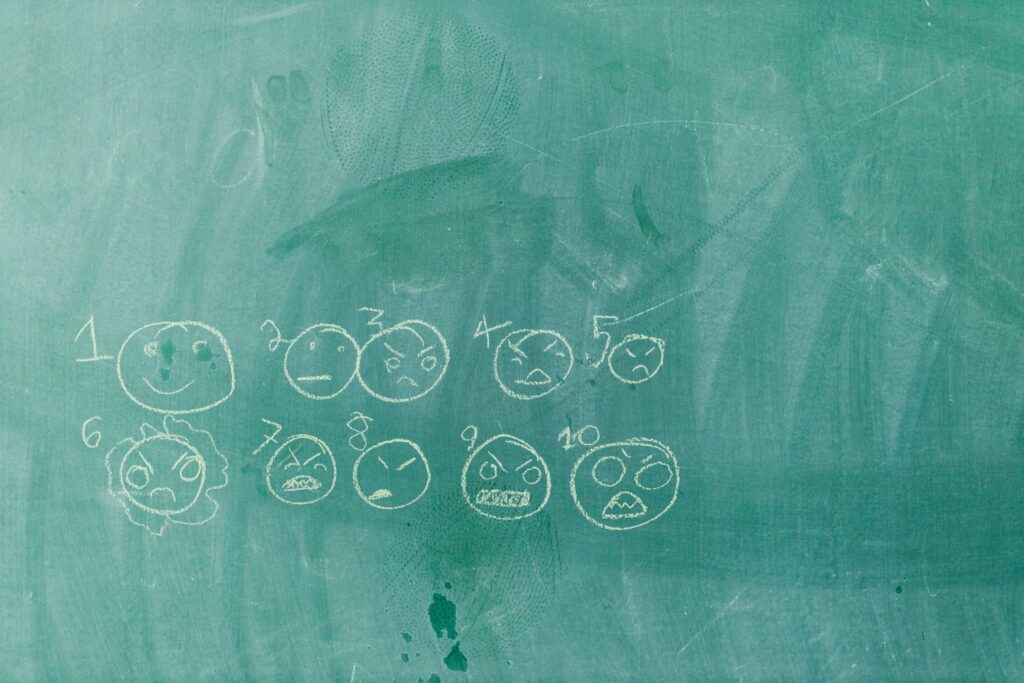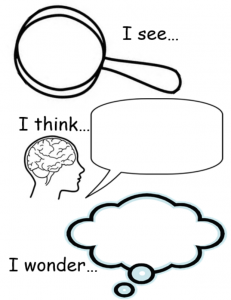
Photo by RDNE Stock project on pexels.com
Managing a classroom can be done in an abundance of ways. How you manage your class can dictate the relationships you build with students, the quality of work students produce, and the atmosphere that develops. Every teacher manages their classroom differently, but many commonalities among them create the learning environment necessary for students and teachers to succeed.
Brittany Johnson’s presentation shows many great classroom management techniques that I see being used often. This includes the SEL check-in that I see in my own classes and at my Link2Practice school. I like this tool as it allows students to express something about themselves during the first few minutes of the school day. My mentor teacher always takes a few minutes to allow students to reflect on the image they picked and why they are feeling like that. This provides students with the opportunity to let others know something exciting that happened to them or a reason they may not perform well in school that day. There are several different templates and ideas for SEL check-ins online. For example, here is a blog I found myself with several different templates that you can edit and use.

The Four Pillars of Inquiry infographic above is easy to understand and a good tool for students to use while beginning an inquiry project. These open-ended assignments can often be hard to start or feel misleading as there is so much opportunity for choice, which students are often not familiar with. The four steps can be easily followed while trying to develop an idea and plan, however, students will need to delve deeper into the meanings of each step to properly gather their ideas and generate a clear goal. This can be done through a class discussion or a video like the one we watched. Both options are accessible, and while communicating an essential message, they are still visually pleasing and engaging to discuss.

Photo by The Curious Kindergarten
I sparked interest in the See, Think, Wonder template as it is useful for any skill level and it successfully gathers a student’s ideas without any force or confusion. I think this template would work well for me, as well as any other grade level. This is because of the diverse opportunities that the layout gives you. It allows drawings, bullet points, or typed paragraphs as guidance while you create your self-inspired inquiry question. I would use this often while attempting to encourage students to generate their own feelings, opinions, and questions surrounding a topic.